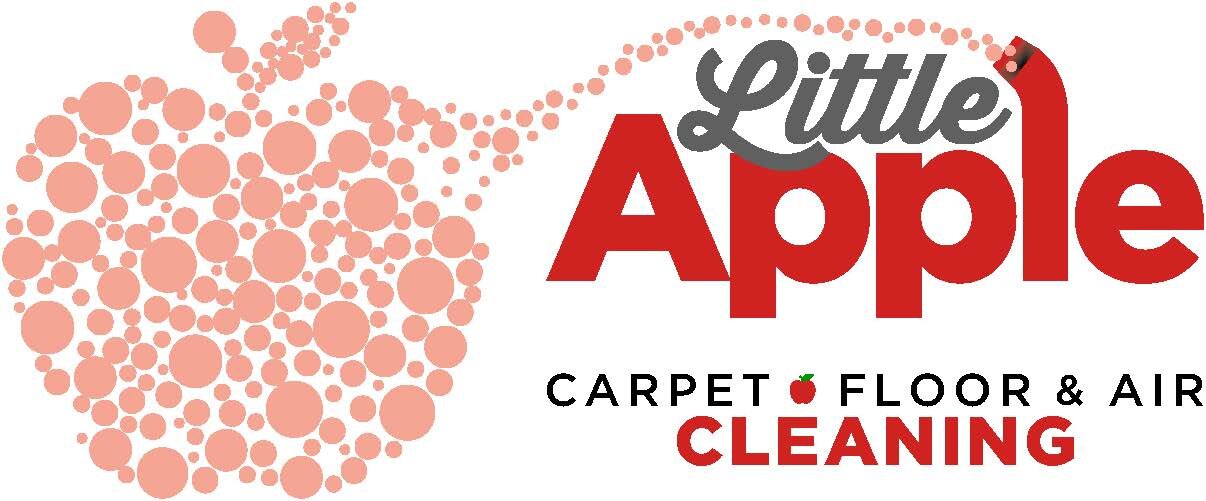
About Us
Charles Brunner was in his second semester at Kansas State University when he started knocking on doors and asking people if they wanted their carpets cleaned.
At the time, he didn’t have fancy equipment like the other companies in town. But Charles leveraged his inner strengths – compassion, frugality, and hard work – and little by little built the company now known as Little Apple Carpet, Floor & Air.
An American Dream In the Making
Charles Brunner was in his second semester at Kansas State University when he started knocking on doors and asking people if they wanted their carpets cleaned.
At the time, he didn’t have fancy equipment like the other companies in town. But Charles leveraged his inner strengths — compassion, frugality, and hard work — and little by little built the company now known as Little Apple Carpet, Floor & Air Cleaning.
From the beginning, his desire was to create a business where customers felt respected. That meant showing up on time, doing what he promised, and speaking truthfully.
As one customer put it: “He's honest, fair, and personable ... all the things I would want in a service provider!“
Turning Point
When his senior year rolled around, Charles had a big decision to make: go to grad school for physical therapy, or stay in Manhattan and continue building his carpet cleaning business?
He had good test scores and all the pre-requisites he needed to get into PT school. The biggest deterrent was debt. He might owe $100,000 or more by the time he finished.
When he started crunching the numbers, he realized he could turn his carpet cleaning gig into a viable long-term business. That’s when he started thinking of it as a career, not just a job.
Our Carpet Cleaning Process
- PREPARATION
- PRE-VACUUM
- SPOT TREATMENT
- PRE-CONDITIONER
- SOIL EXTRACTION
- CARPET RINSE
- POST SPOT TREATMENT
- FINAL INSPECTION
- EDUCATION & TIPS
FAQ's
Q. How often should my carpets be cleaned?
A. Carpets should be cleaned every 12-18 months, according to IICRC guidelines and most carpet manufacturers. It should be part of your regular home maintenance. Carpet is essentially a large filter. It absorbs many contaminants, including dirt, bacteria, and oils, not all of which can be vacuumed out. As a result, these contaminants accumulate over time. The steam cleaning process is designed to cut through this build-up and has been proven to provide virtually unlimited soil removal.
Q. What is a carpet protectant and how does it work?
A. Carpet protectant is applied after cleaning. It coats individual fibers and provides a future barrier between spots, spills, and the surface of the carpet. When a spot or spill does occur, the carpet protectant will prevent damaging chemical reactions and make it much easier to remove the spot.
These days, most carpets are manufactured with carpet protectants built into them. However, the protectant wears off over time and needs to be reapplied by our qualified technicians. This can lengthen the life of your carpets.
You may be familiar with products like Teflon and Scotchguard applied to kitchen pots and pans. These products are commonly used in carpet protectants as well. They serve a similar function and keep contaminants from sticking to the carpet.
Q. Do I need to vacuum the carpets ahead of time?
A. Vacuuming the carpets beforehand is a necessary step in the carpet cleaning process. It can save you money if you prefer to do this part yourself. Be sure to ask for details. We are happy, however, to take care of this for you. Vacuuming should always be performed before the carpets are professionally cleaned for more thorough cleaning and faster dry times.
Q. How long until the carpets are dry and ready to use?
A. Foot traffic on the carpets before they are completely dry can lead to rapid re-soiling. Basically, soil on your feet will more easily transfer to the carpets when they’re moist so use caution while drying. You should plan on about 4 to 5 hours of drying time after steam cleaning. High humidity can add several hours to the dry time. For example, on a rainy day the carpets could take an hour or two longer to dry. You can offset this by increasing air circulation with fans, heating and cooling units, and open windows.
